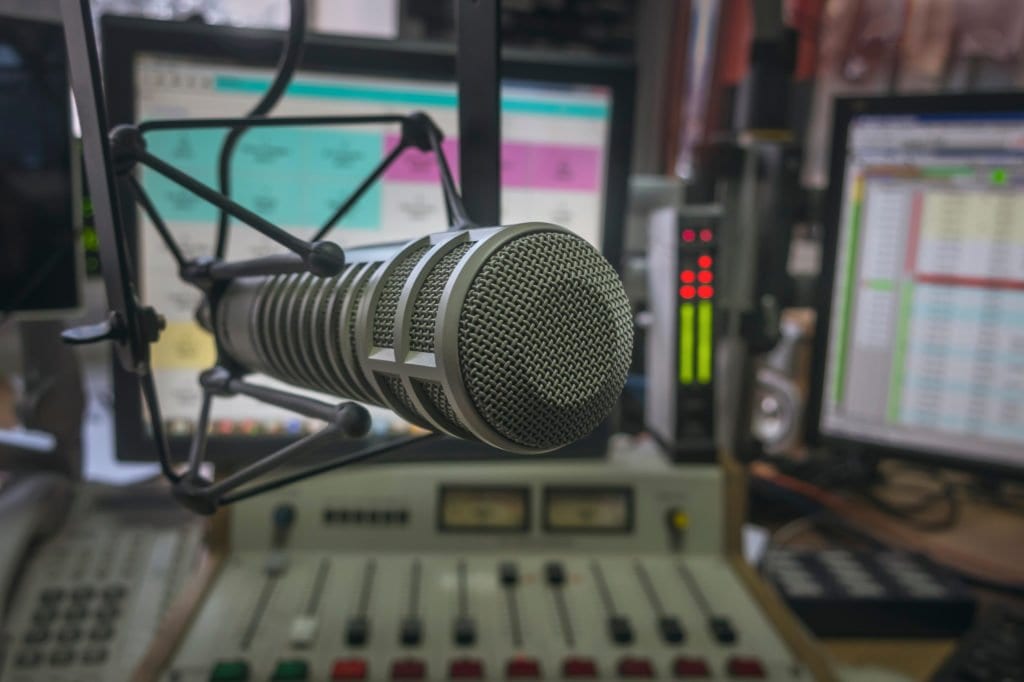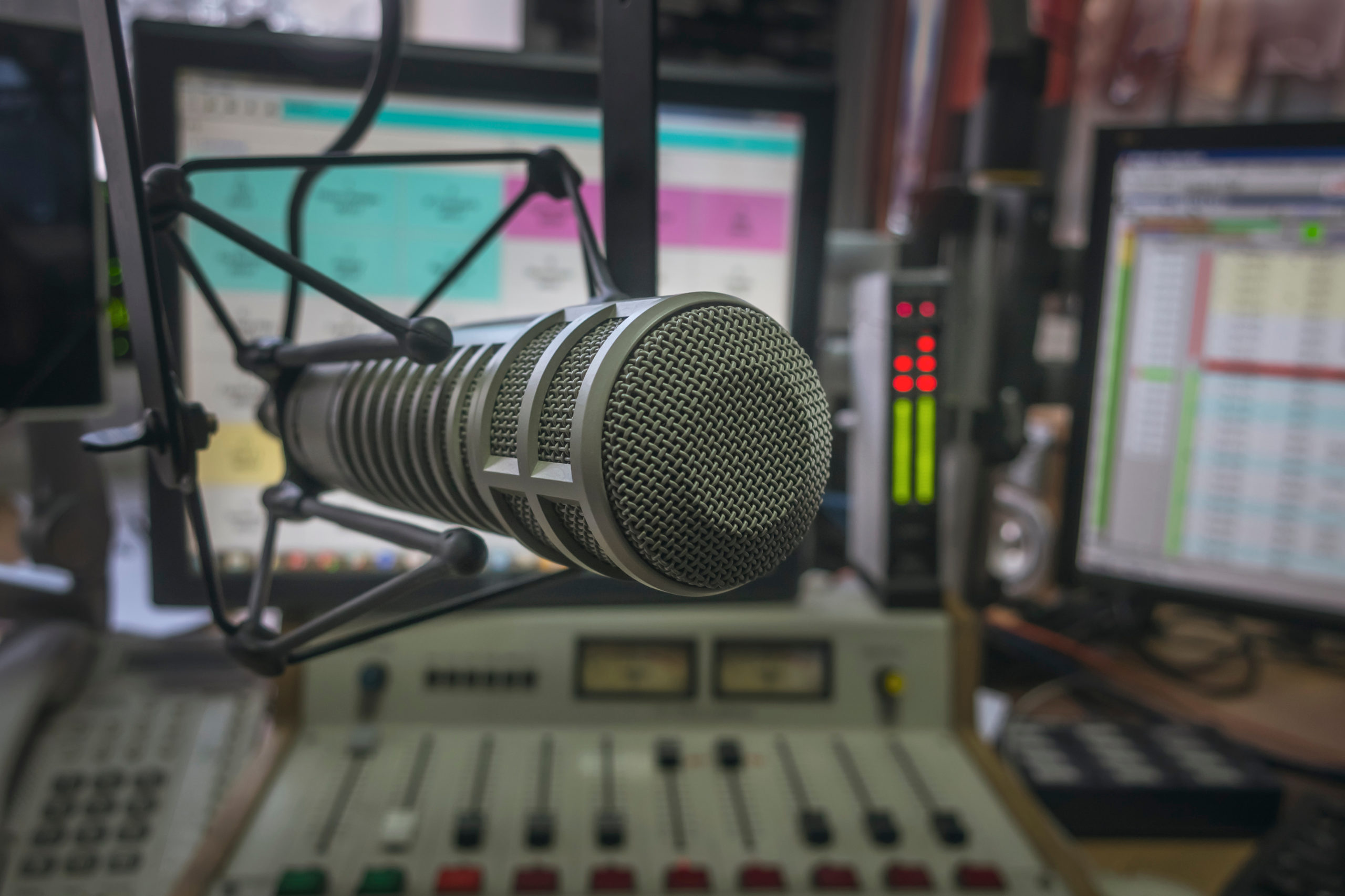
I meet many people who want to sell their speaking and consulting services to businesses. The hard part, for many, is how to reach the decision-makers at the top. Many try writing books, blogging, speaking for free, holding webinars, creating video content, and a variety of other things to provide value. It all works, to some extent, but I have found the most valuable way for me to network is through interviewing on my show. The interesting thing is, I initially had and still have no intention of using it for anything other than learning about some very fascinating people. However, because my show has been so successful, people often ask me how I created it. Therefore, I would like to share some of the things needed to create a show.
- Preparation: Some of the hardest parts for people include just starting and sticking with a show. It can be very time-consuming. The learning curve gets better as you go, but initially, the time commitment can turn off some people. It takes some technical knowledge; that can be easily learned. There are several components to having a show that many people don’t consider. There should be an introduction audio clip that plays music and explains what the show is about. Other audio components to consider are commercials (for your own books, speaking, etc. at first) and any audio that ends the show. All of those can be created inexpensively on a site like Fiverr, or you can create your own. It is critical that you plan the time on your calendar for the shows. I use ScheduleOnce. That will allow guests to sign up for the show and puts it on your calendar. You can include wording about things you need for them to send you, like their bio, their picture, and any questions they would like to be asked. I like to ask them for their Twitter handle as well, because I use that later for promotion of the content.
- The Equipment: I have used multiple solutions to record the show, but my favorite is to have guests call in from their phone, and I capture it onto a Mac through the GarageBand Program. I use a Focusrite Scarlett audio interface box to attach the phone, microphone, and headphones to the computer. I bought my equipment at Guitar Center because they offered great advice. However, it is all available on Amazon as well. You will need to buy an Apple adapter to connect the Focusrite cable to your iPhone. It might take a few hours of watching “How to set up GarageBand” videos on Youtube to know how to set the settings, but once you have a file set up for the show, you can keep copying and renaming it for future shows. For guests out of the country or for video recording, I use Zoom. For video editing, I use Camtasia.
- The Platform: My show is nationally syndicated on AM/FM stations and is also a podcast. A podcast is all you need to begin. I also have the show transcribed so that it creates content for my blog by a company that produces graphics and Tweetable content. Some of the best platforms to use for podcasting include Libsyn and Podetize. The shows can then be shared with major platforms like iTunes, iHeart, ROKU, Amazon Echo, Google Play, etc. Even if the show is just audio, you can make it into a video version with a graphic (using Camtasia or something similar) and post it on Youtube as well.
- The Guests: I choose people I find interesting. I do not pick based on wanting to sell them something. I do not charge them. However, I know a lot of other people interview in the hope of getting their business later. I recommend having your goal in mind when choosing your guests. Since my goal was to find interesting people, I started by looking on speaker sites, bestselling book lists, media sites (Forbes and similar sites), award-announcements, etc. to find the best of the best. Now, most of my guests are by referral. After the show, I often ask guests for recommended referrals.
- Promotion: It is critical to share the shows on all social media sites and to invite guests to share the show. You should provide the guests with links and potential wording for how to share it. It is essential to create great graphics with a site like Canva, which is extremely easy to use. I like to continue to share shows through repurposing sites like MeetEdgar. I make sure to link to the guests when I post on social media. This can take some time, but it is essential they are notified when you post. I also like to create and share a graphic at the end of the month showing all that month’s guests.
I think that it is essential to do more than having a show with the intention of using it to build business. If you truly use it to learn and develop connections, more than use it to make money, I believe the latter will come despite your intentions. One of the best parts of getting older is that I have done many things and with that experience, comes knowledge. Through the many trials, successes, and failures, I learned what works and what does not work. For me, having a show has been one of the most rewarding experiences, because I genuinely enjoy the connections I made to incredible people while doing it.
About the Author:
Dr. Diane Hamilton is a nationally syndicated radio show host. She writes and speaks on curiosity, business, leadership, emotional intelligence, personality assessment, career, and education. She is the creator of the Curiosity Code Index (CCI). She is the author of multiple books including It’s Not Your It’s Your Personality, and her latest book is titled, Cracking the Curiosity Code: The Key to Unlocking Human Potential. http://curiositycode.com



0 Comments